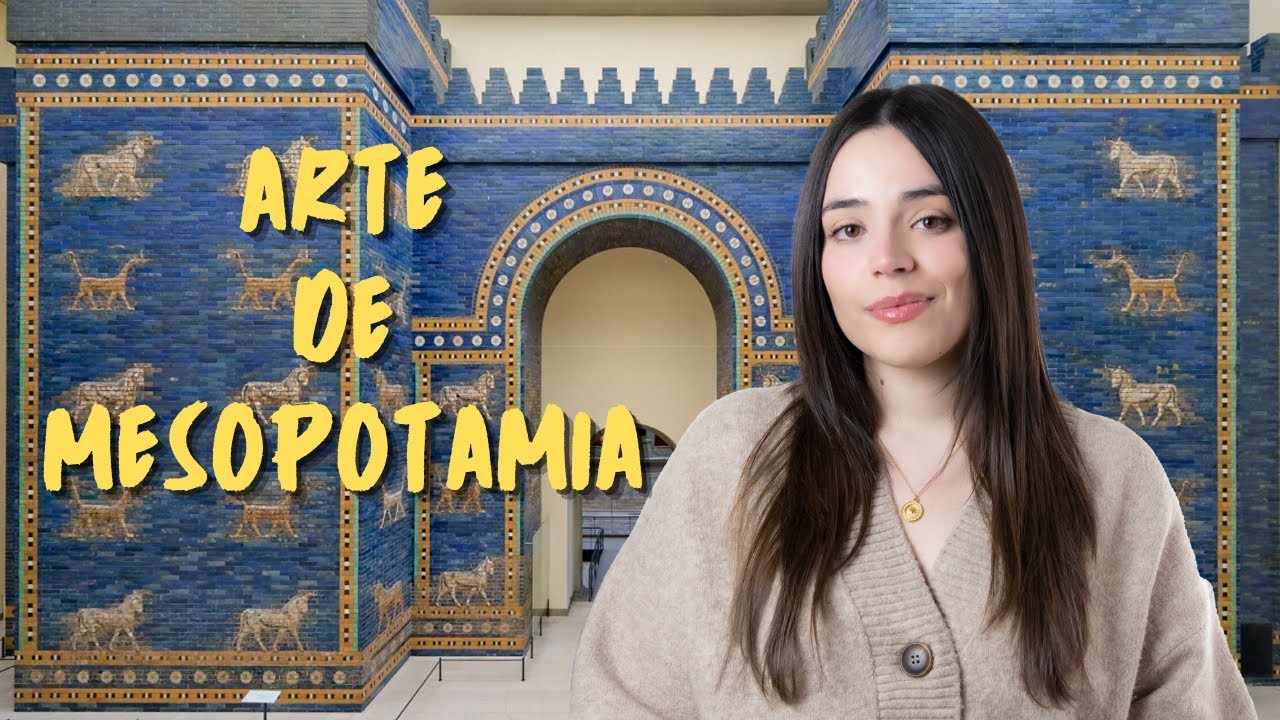AP Art History - The Early Italian Renaissance
Summary
TLDRThis script delves into the Italian Renaissance, highlighting the era's political fragmentation into city-states and the influence of powerful families like the Medicis on art patronage. It discusses the revival of Greco-Roman art, the emergence of humanism, and the development of techniques like linear perspective. Key architectural works like the Pazzi Chapel and the Palazzo Rucellai are analyzed for their classical influences and innovative designs. The script also covers significant artworks like Botticelli's 'The Birth of Venus' and Donatello's 'David,' emphasizing the humanization of religious and mythological subjects and the use of nudity in sculpture.
Takeaways
- 🏰 Italy during the Renaissance was divided into city-states, each with a ruling family that commissioned art to showcase their wealth and power.
- 🎨 The Medici family of Florence was particularly influential, commissioning many artworks that decorated their homes and demonstrated their patronage of the arts.
- 🤝 Rival families competed with each other by commissioning art, leading to a surge in artistic production and the creation of extravagant pieces.
- 📜 Early Renaissance art initially focused on religious themes but gradually incorporated elements from Italy's pagan past, such as Greek and Roman gods.
- 🧍♂️ Humanism, an intellectual and artistic movement, encouraged the depiction of secular and religious subjects in a more humanized and coexisting manner.
- 🏛 The term 'Renaissance' signifies a rebirth, particularly of Greco-Roman artistic and architectural trends that were popular during the Roman Empire.
- 🤹♂️ Sculpture saw a revival of techniques like contrapposto, idealized bodies, and nudity, which had been absent for centuries, reflecting a significant shift in artistic portrayal.
- 🖼 The use of linear perspective and trompe-l'oeil in painting created the illusion of three-dimensionality, grounding figures in realistic environments.
- 🏗 Architectural trends included the construction of palatial complexes and chapels, often adorned with frescoes and glazed tiles, and inspired by classical Greco-Roman styles.
- 👶 The depiction of biblical figures became more human and less divine, reflecting a broader humanist approach to art and a focus on the human form and experience.
Q & A
What was the political landscape of Italy like during the Renaissance?
-During the Renaissance, Italy was divided into several city-states, each revolving around one or more major cities and typically under the rule of a famous ruling family.
How did the Medici family influence the art of the Renaissance?
-The Medici family, who ruled Florence, dominated politics and commissioned a lot of artwork to decorate their houses or to show their wealth, which significantly influenced the production of art during the Renaissance.
What was the significance of rival families commissioning art during the Renaissance?
-Rival families commissioned art in vast quantities as symbols of their patronage to the arts and to outdo each other, leading to a surge in artistic production and innovation.
How did the concept of humanism manifest in the art of the early Italian Renaissance?
-Humanism, an artistic and intellectual movement, encouraged secular and religious subjects to coexist, leading to a revival of subjects like Greek and Roman gods and goddesses, and a more secular and humanized depiction of biblical figures.
What artistic trends were revived during the Renaissance, particularly in sculpture?
-The Renaissance saw a revival of Greco-Roman trends in art and architecture, including the reintroduction of contrapposto, idealized bodies, and nudity in sculpture.
How did the use of linear perspective and chiaroscuro contribute to the art of the Renaissance?
-Linear perspective and chiaroscuro were used to create optical illusions, adding a sense of three-dimensionality to paintings, with figures grounded in realistic environments and complex spatial relationships.
What architectural features were characteristic of the early Renaissance, as seen in the Pazzi Chapel?
-The Pazzi Chapel featured a lighter and airier design compared to Gothic cathedrals, with an oculus in the central dome, glazed tiles, and the use of classical elements like pilasters and roundels.
How did the Palazzo Rucellai reflect the values and status of the Rucellai family?
-The Palazzo Rucellai, with its large and imposing facade, conveyed harmony, stability, and order, reflecting the family's wealth, status, and importance in society.
What is the significance of the Madonna and Child with Two Angels by Fra Filippo Lippi?
-This painting by Fra Filippo Lippi depicted a holy subject in a more casual and humanized manner, with subtle divinity and a complex background, showcasing the early Renaissance's move towards secularizing holy subjects.
How does Sandro Botticelli's 'The Birth of Venus' represent a departure from strictly Christian subject matter in art?
-Botticelli's 'The Birth of Venus' reintroduces mythological imagery, referencing Italy's pagan past, and features a nude goddess, which was a bold statement at the time and indicative of a shift towards incorporating more diverse subject matter in art.
What are the contrasting interpretations of Donatello's 'David' sculpture?
-Art historians have differing views on Donatello's 'David'; some see it as a proud and sassy figure, while others interpret it as showing humility and contemplation, reflecting the narrative of David's victory through faith rather than physical strength.
Outlines

This section is available to paid users only. Please upgrade to access this part.
Upgrade NowMindmap

This section is available to paid users only. Please upgrade to access this part.
Upgrade NowKeywords

This section is available to paid users only. Please upgrade to access this part.
Upgrade NowHighlights

This section is available to paid users only. Please upgrade to access this part.
Upgrade NowTranscripts

This section is available to paid users only. Please upgrade to access this part.
Upgrade Now5.0 / 5 (0 votes)





